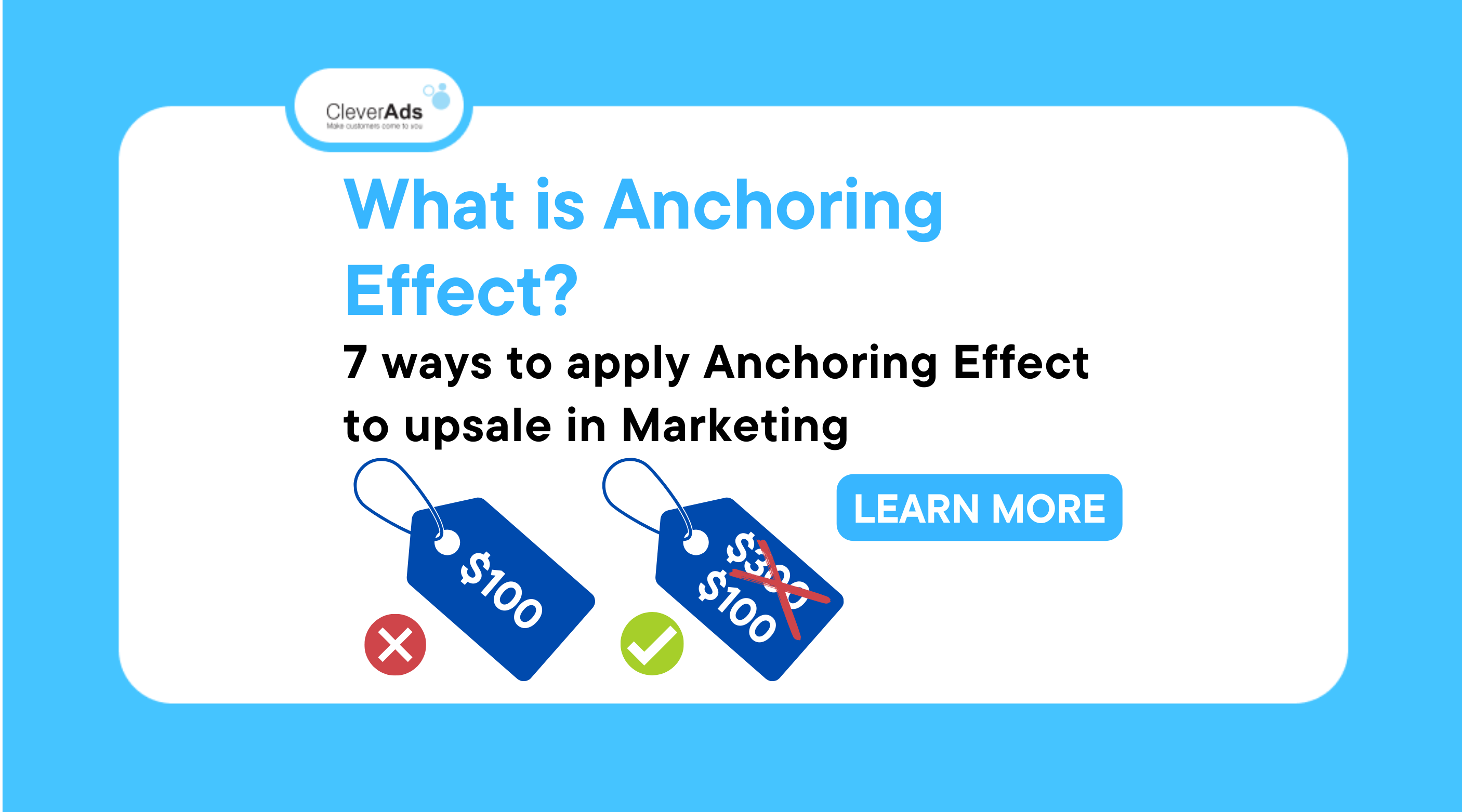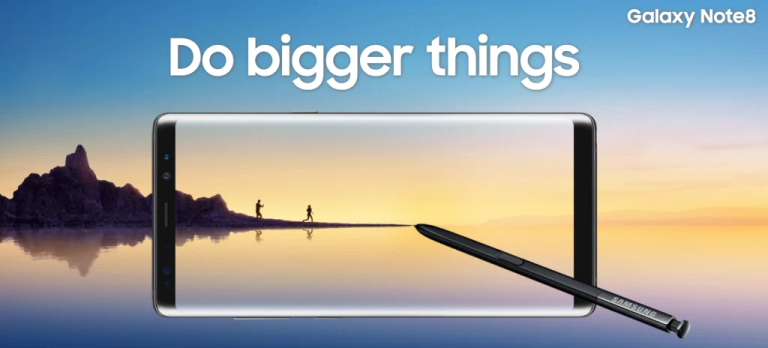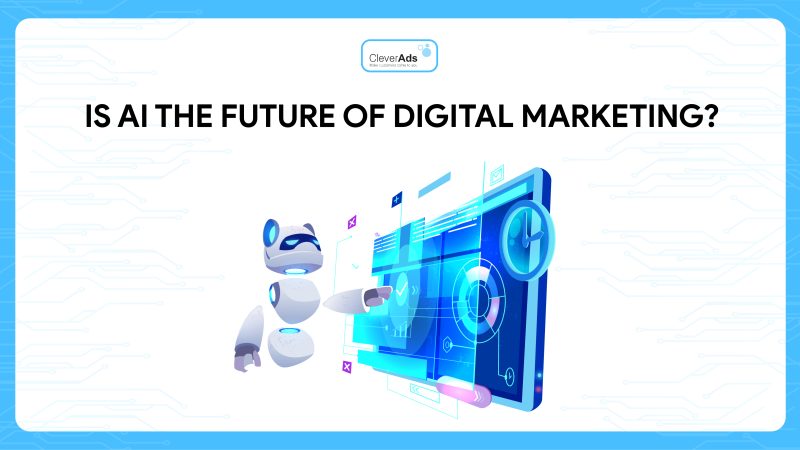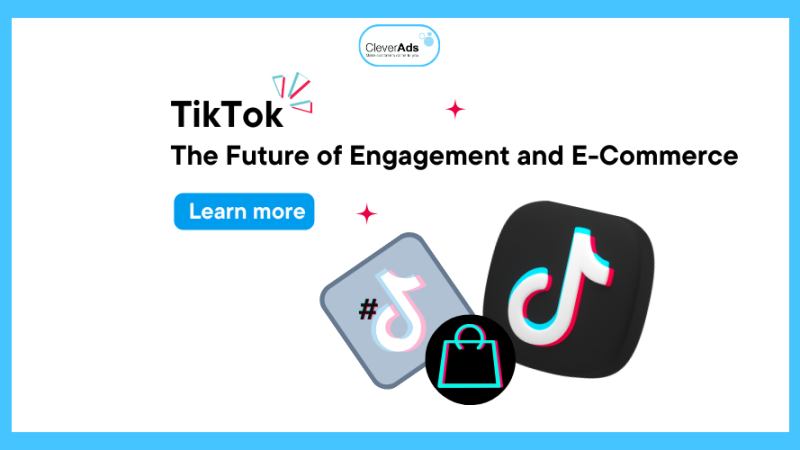What is the anchor effect? 7 ways to apply anchoring effect to up sale

1. What is the anchor effect?
The anchoring effect can be considered one of the most interesting concepts of Marketing. This is a perceived bias that causes your potential customers to focus on an offer or price by making them believe this is their best option.
“Anchor” can be numeric in any form including price, size, classification, name, or other feature. This factor is created by the seller to make the product more attractive in the eyes of the buyer and thereby affects consumer behavior.
2. How does the anchor effect work?
The anchoring effect works by offering a price first and then a higher price. The higher price will be considered by the shopper to be closer to the original price, lower than the other prices offered. Pricing Strategy This applies to marketing and negotiation, which can significantly affect how much customers are willing to pay for your product or service.
In other words, we ‘anchor’ the customer’s decision-making process to the current buying situation through the anchor effect. Here are a few ways to apply the anchor effect in your marketing strategy.

3. 7 ways to apply the anchor effect in Marketing
3.1. Original price and Price after discount
Next time you see a promotion, pay attention to how retailers present the amount customers will “save” if they buy the item. In many cases, they’re simply offering a discounted price and telling customers they’re getting a great bargain – but this can’t really be seen as savings.
However, if you put the original price first, this acts as an anchor representing the actual value of the item. Any discounted price that follows immediately becomes more appealing because you’ve pinned the original price in the customer’s mind.
3.2. Monthly Subscription and Annual Subscription
This is a classic tactic used by many software companies. Obviously, Cambly will benefit more if it receives an annual prepayment of VND19 million compared to a monthly fee of VND2.1 million. But when Cambly sets an annual subscription price of just 1.6 million VND per month in addition to the monthly subscription price, customers will perceive that they are saving money by signing up for a year, even though they are paying nearly 18 million more. and bind themselves to a long-term contract.

3.3. Shaping price perception with the anchor effect
Have you ever wondered why auto dealers put their most expensive models at the front of the showroom when they are usually the least sold models? When you pass a BMW X7 worth 6 billion VND, the 5 Series Sedan worth 2.5 billion VND suddenly doesn’t seem that expensive.
The same applies to every kind of luxury item. A 50 million honeymoon resort will become a lot cheaper after hearing about a slightly more advanced package worth up to 100 million.
The most obvious proof of the effectiveness of the anchor effect, in this case, is Serendipity 3’s $69 hotdog trick.
The food chain caught the eye and even got its name in the Guinness Book of World Records for the most expensive hot dog in history, which helped the chain expand across New York City.
Sales of hotdogs with the price of 1.6 million dongs did not bring the expected results. However, sales of cheese sandwiches at a price of $17.95 (about VND 420,000) – a ridiculously high price tag – increased significantly.
People became curious because of their ridiculously expensive prices. And from there, it seems reasonable to open a wallet for a burger of more than 400,000 VND, especially when in a store that sells more than 1.6 million VND for a hot dog. Crazier, this restaurant even sold 1 sundae of ice cream for $ 1000 (about 23 million VND).
3.4. Pricing per unit of goods
Supermarkets have adopted the anchor effect for decades, and people still line up to pay for this classic trick. Multi-unit pricing is when sellers simply add a discount when buying in larger quantities – for example, 6 bottles of beer at VND99,000 instead of VND18,000 per can.
The anchoring effect makes people think they’re saving money when they’re buying something they don’t even really need. Even if you’re only going to buy one beer for dinner that night, it’s hard to resist buying all six when you know beer lasts a long time and you’re “saving” yourself some money.
3.5. Item price increase
Consumer tech brands have done a great job of increasing the prices of their products over the years — even too expensive for their technological innovations. Apple is the brand that does this best. They released a bunch of more expensive devices with HD screens in half a decade.
The iPhone X will cost you at least 23 million while the iPhone 8 Plus starts at 17 million.
In this case, the anchor effect is working in two ways:
First, each price increase seems to become more and more “normal” as the previous product acts as a new anchor.
And then the iPhone X makes the starting price of 17 million for the iPhone 8 seem more reasonable – when in essence it is just a phone quite similar to the iPhone 7 Plus. Unsurprisingly, sales of the iPhone 8 Plus and iPhone 8 surpassed the iPhone X and the trio became the best-selling phone in the US at the end of 2017.
3.6. Lead Buyers with Core Selling Point
The anchoring effect isn’t just used to influence the perception of price. By pinning deep into customer psychology your core selling point, the anchor effect also determines how people feel about the information you tell them about your product or service. If you convince them that the product has innovation at its core selling point, everything on the spec sheet will appear innovative.

3.7. Gear Acquisition Syndrome
Gear Acquisition Syndrome is the constant desire to add new gadgets to your collection. The anchoring effect is like telling photographers that their hundred-million-dollar camera is no longer good enough and like telling gamers that the camera they bought is no longer “buffalo” enough. It’s basically the irresistible habit of buying new things that we don’t really need.
This is quite true for consumer electronics as users are often obsessed with features and specifications. This is why people ditch their 4K TVs for 8K screens even though there are hardly any 8K broadcasts. That is also the reason why many people buy computers based on super-powerful processor chips that often never need to be used.
4. Conclusion
The anchoring effect can be the one thing that can disrupt the conversion rate of your business.
It is also one of the popular tools used by marketers. The truth is, we all fall in love with this psychological trick when we convince ourselves that all of the buying choices we make are perfectly reasonable.
For that reason, make sure to make the most of the anchor effect in your pricing strategies, website content, and marketing campaign in your business.
If your business is in need of Digital Marketing solutions, contact us at cleverads.com.ph for the fastest support.


